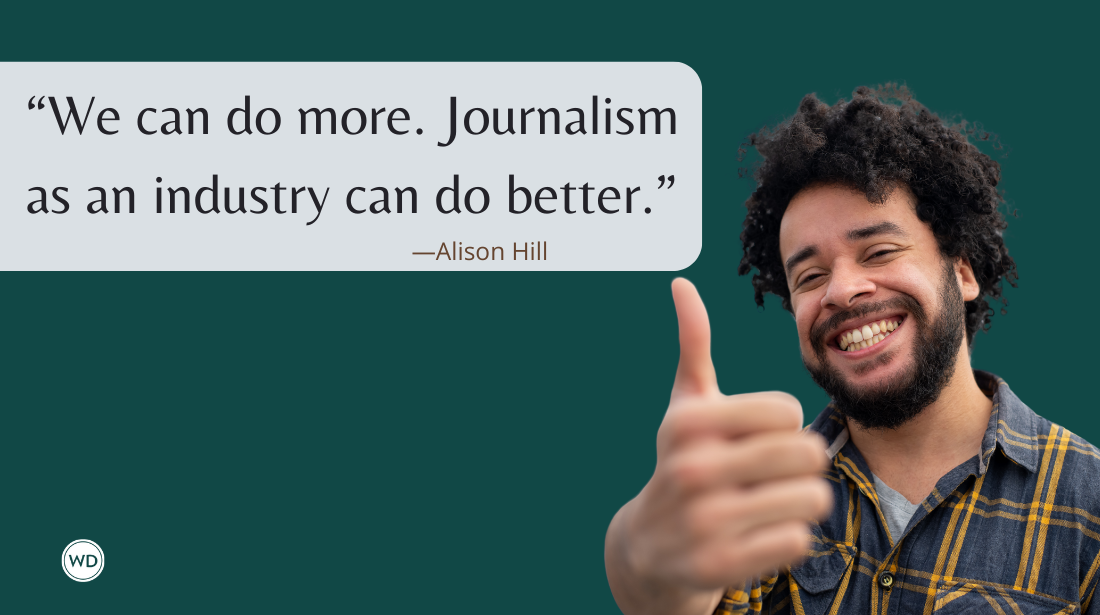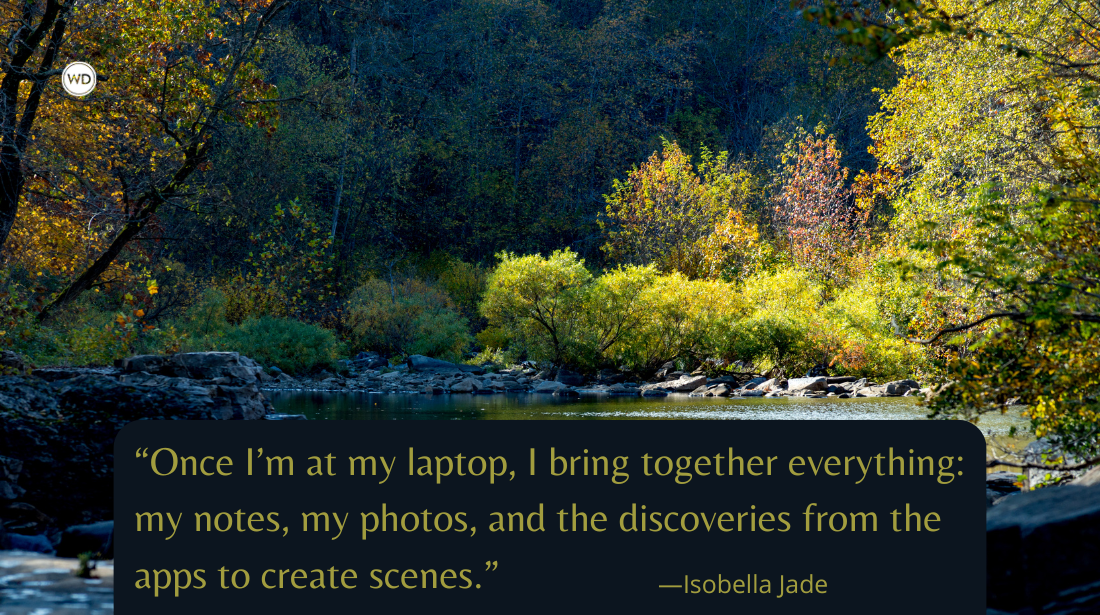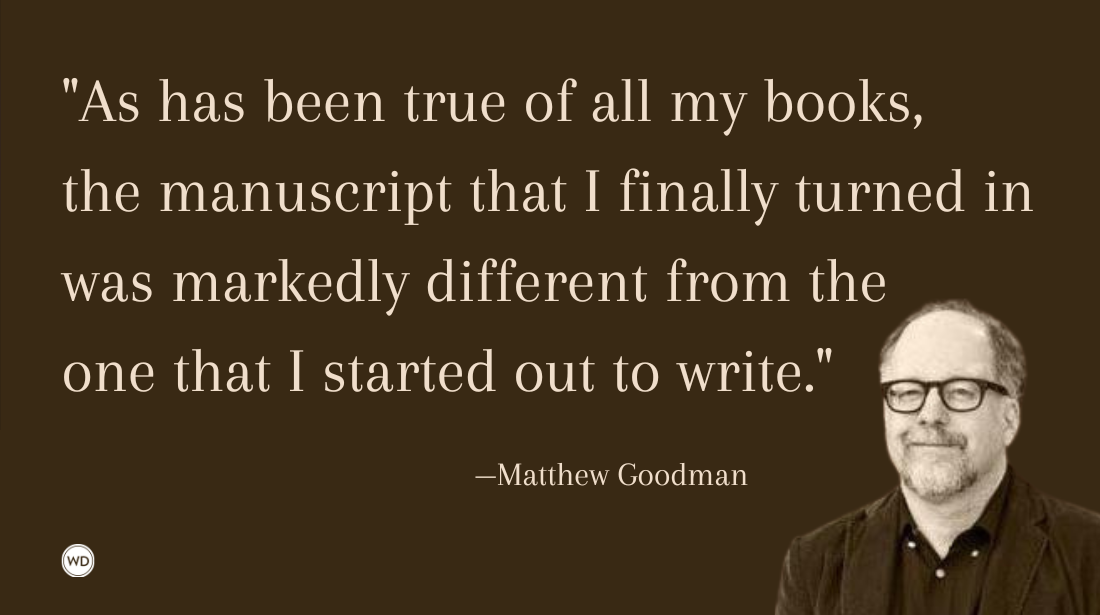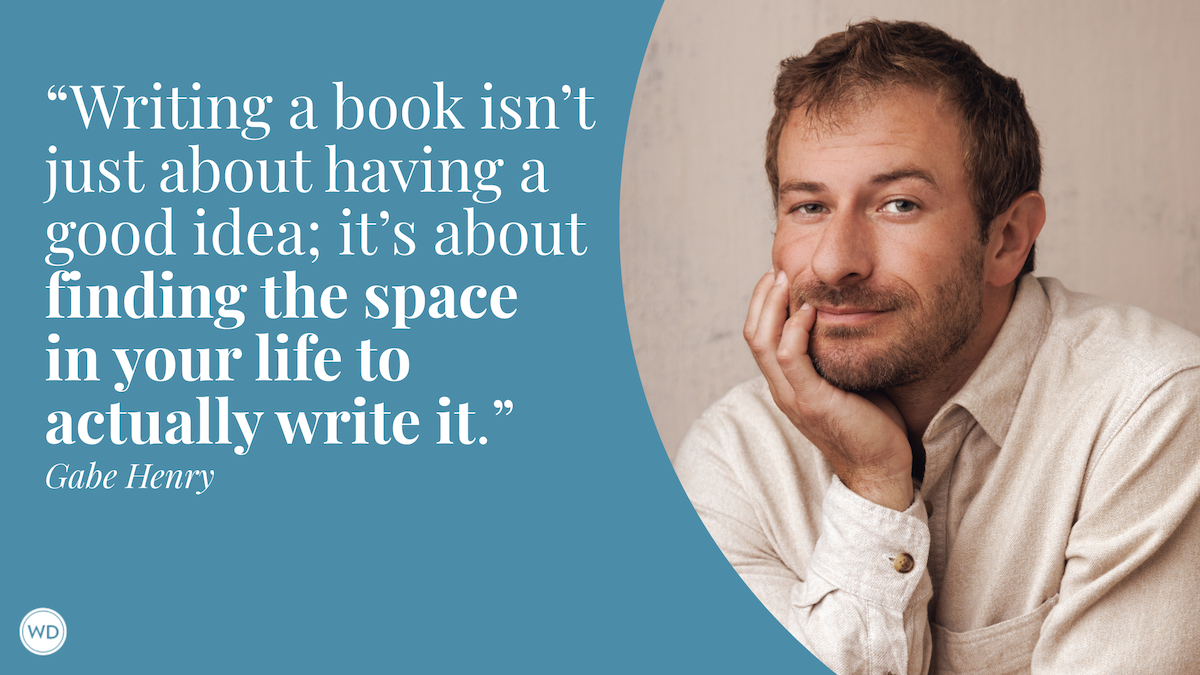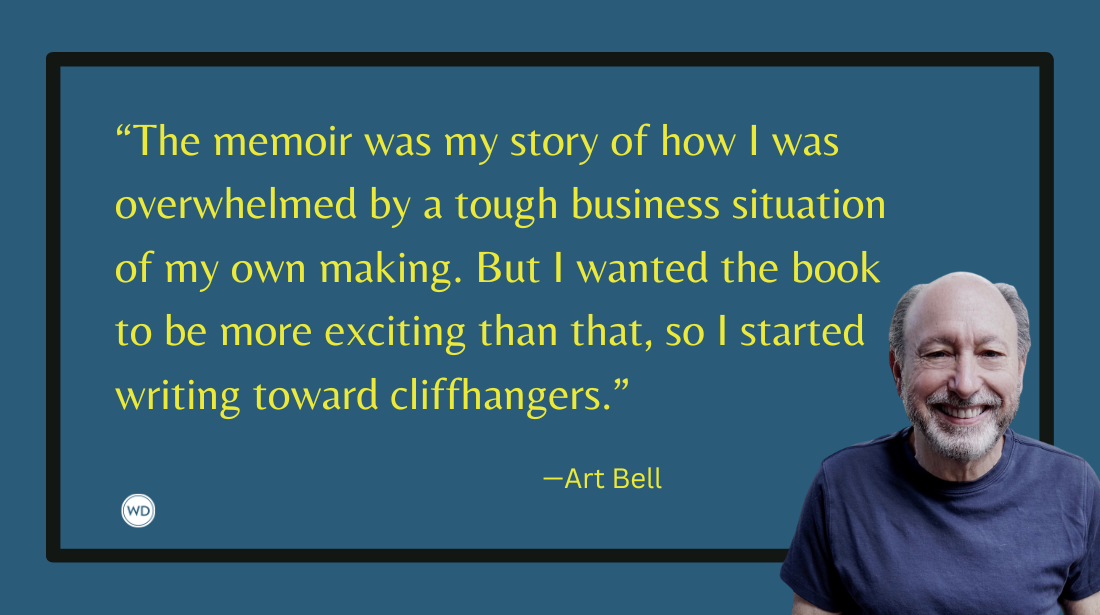25 Tips To Make You a Better Nonfiction Writer
Want to become a better nonfiction writer? Award-winning journalist Mike Sager has you covered. Try these 25 tips out for size and your nonfiction writing will improve almost immediately.
We writers share one thing in common: We exist for the moment a reader gently sets eyes to our first word, our first sentence. From that instant forward, our fate is in our own hands. Either they keep going or they cast us aside.
For me, modest success has been built though a careful approach to craft. Arguably, with all the other wild cards that go into being a writer, it’s the only aspect of my career over which I feel I have total control. Words on the screen. They’re all mine!
For nearly four decades, though vigilant practice, I’ve sought evermore to become the most vivid and commanding writer possible. Being read is a privilege. There’s so much out there to choose to explore. When a reader picks me, I feel thankful. And I feel responsible. In this way writing, to me, is a call to arms. Publication should be a promise to a reader that his or her time (and money) will be well spent. You can’t please everyone, but you can damn sure try.
And if a reader likes you once . . . they might want to check you out again. And so forth.
Success is all about the quality of the service you provide. The rainbow of little thumbs up everyone is so focused upon generating via social media? Well, first and foremost, there needs to be a pot of golden content. Isn’t that what generates the rainbow?
From my first word to my last, I work hard to service and reward my readers. I want to reel them in and take them on a journey. I want to play with their heads a little. I want to dazzle them a little. There’s got to be surprises along the way. And there needs to be a good ending.
After the perspiration and gum shoe work of the reporting and research process, it is time to bring your craft and your magic. No matter if you’re writing a blog post, a newspaper feature, a big-time magazine piece, or a 150,000 word book, originality is the key. The writer’s byline. Isn’t that our brand? You need to make yours stand out.
Over two decades of teaching writing at journalism schools and professional seminars around the country and overseas, I found that certain tidbits of advice I’d written on manuscripts (both electronically and on paper), resurfaced time and again. After a while, I started keeping a list.
25 Tips to Make You a Better Nonfiction Writer
Try these 25 tips out for size and your writing will improve almost immediately.
- Get an imagination. If it’s been done before, find a different way to do it. If it’s been said before, find a different way to say it.
- Do not start stories with the time, season, or weather conditions.
- Do not start with “It was” or “It’s” or “When.”
- Do not ever use time stamp sub heads (ie: 12:15 p.m.) to break up a feature story. Write in scenes.
- If you can’t find the killer declarative sentence to lede with, use an evocative scene-setting description.
- See like a movie camera—make your writing cinematic. Zoom in. Pan the surroundings. Use your words to make pictures.
- Build your images in linear fashion. Employ digression to explain.
- Use all five senses—writing is the only medium that is able.
- Go through your copy and eliminate as many recurrences of “that” you can find.
- Employ the elements of the novel: scene, setting, characters, dialogue, drama. (And point of view only where appropriate.)
- Don’t be so fast to write in first person. Isn’t it enough that somebody’s reading you?
- Don’t begin your narrative stories with the climax. Begin a couple scenes before the climax, then backtrack, then move forward. Give the reader a reason to keep reading until the end.
- What you don’t describe is just as important as what you do describe–omission invites the reader to fill in some of the details themselves. In reality, reading was the first interactive game. Take note: Your reader is making their own pictures from your words. And take advantage of that! It gives the reader an unconscious stake.
- Ask yourself: Why am I using this detail?
- When in doubt, cut it out.
- If someone reads this twenty years from now, will they understand the reference?
- Don’t work so hard with every sentence. Think of the meaning of “diamond in the rough.”
- Let your choice of details work subtly to invoke the attitude you wish to convey. (Instead of slamming the reader over the head with it.)
- When using dialog, stick with using “said” or “says.” Avoid fancy attributions—recalls, retorts, replies, unless it is done sparingly for effect.
- Be careful of too much effect. It becomes affect.
- Rely on nouns and verbs more than adjectives and adverbs.
- Show, don’t tell.
- Pick out a good voice and read out loud to yourself as you write. And also as you edit. Hear the rhythm of the syllables, the words. Good prose is like a song.
- Read writing by great writers. You can start with Next Wave: America’s New Generation of Great Literary Journalists, which I edited with Walt Harrington, the awarding winning author, former Washington Post staffer, and professor of journalism at the University of Illinois, Urbana-Champaign. For more info, please see www.TheSagerGroup.Net.
- To read dozens more tips on reporting and writing, please see www.MikeSager.com.
*****
This intensive two-week course will teach you how to craft a good pitch letter and do it well. Be ready to mine your life for ideas. Start thinking about a great spin on a topic or an unusual personal experience that you'd like to write about in class.
Bestselling author and award-winning reporter Mike Sager has been called “the Beat Poet of American journalism.” For more than 15 years Mike has worked as a Writer-at-Large for Esquire magazine. A former Contributing Editor of Rolling Stone and Writer-at-Large for GQ, Sager has also written for Vibe, Spy, Interview, Playboy, Washingtonian, InStyle, and Regardies. In 2010 he won the American Society of Magazine Editors National Magazine award for profile writing. He has authored and edited 10 books as well as four collections of stories, and a biography. Mike is also the Editor and Publisher of The Sager Group, a consortium of multi-media artists and writers with the intent of empowering those who make art without gatekeepers. For more info, please visit: www.mikesager.com or www.TheSagerGroup.net.



